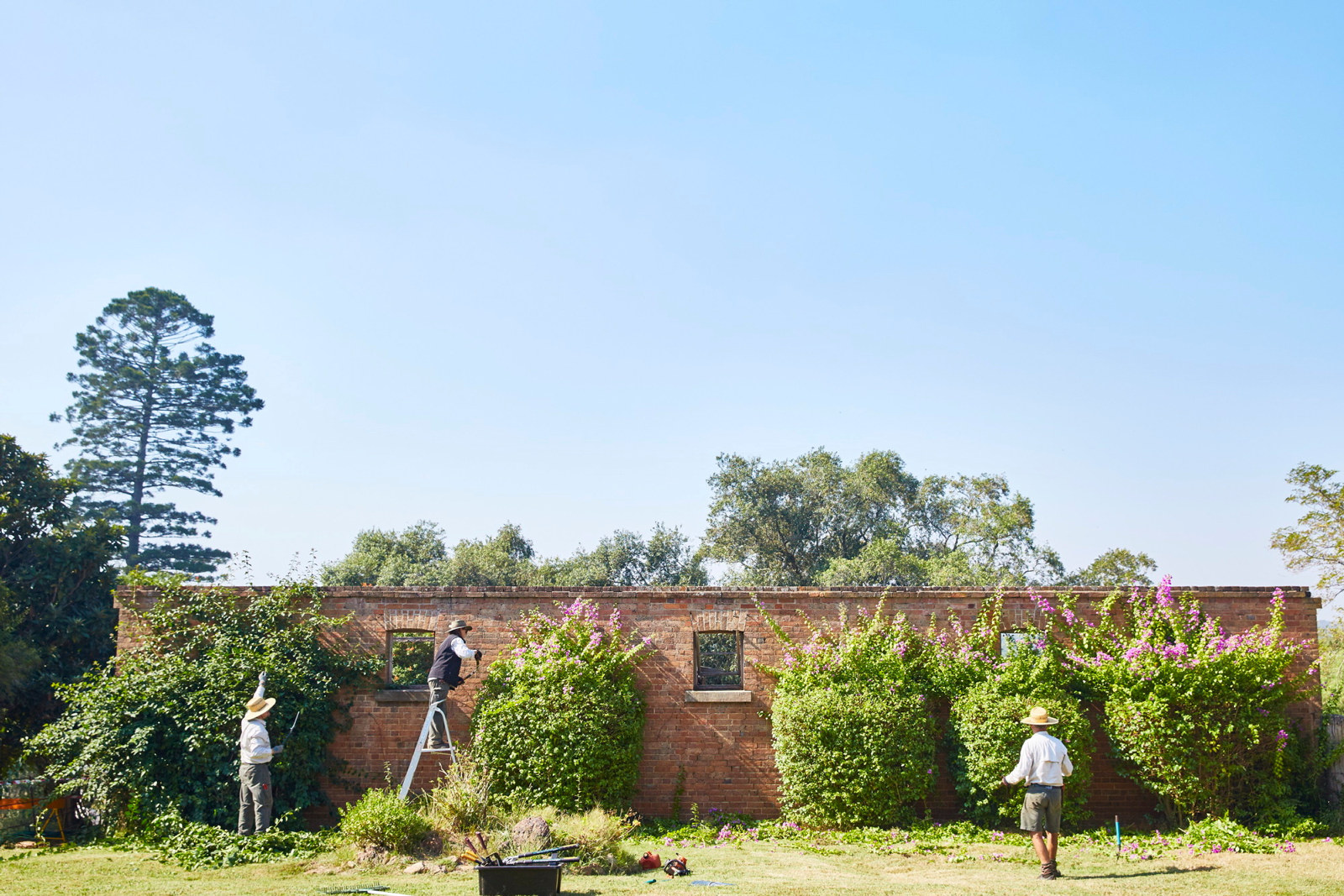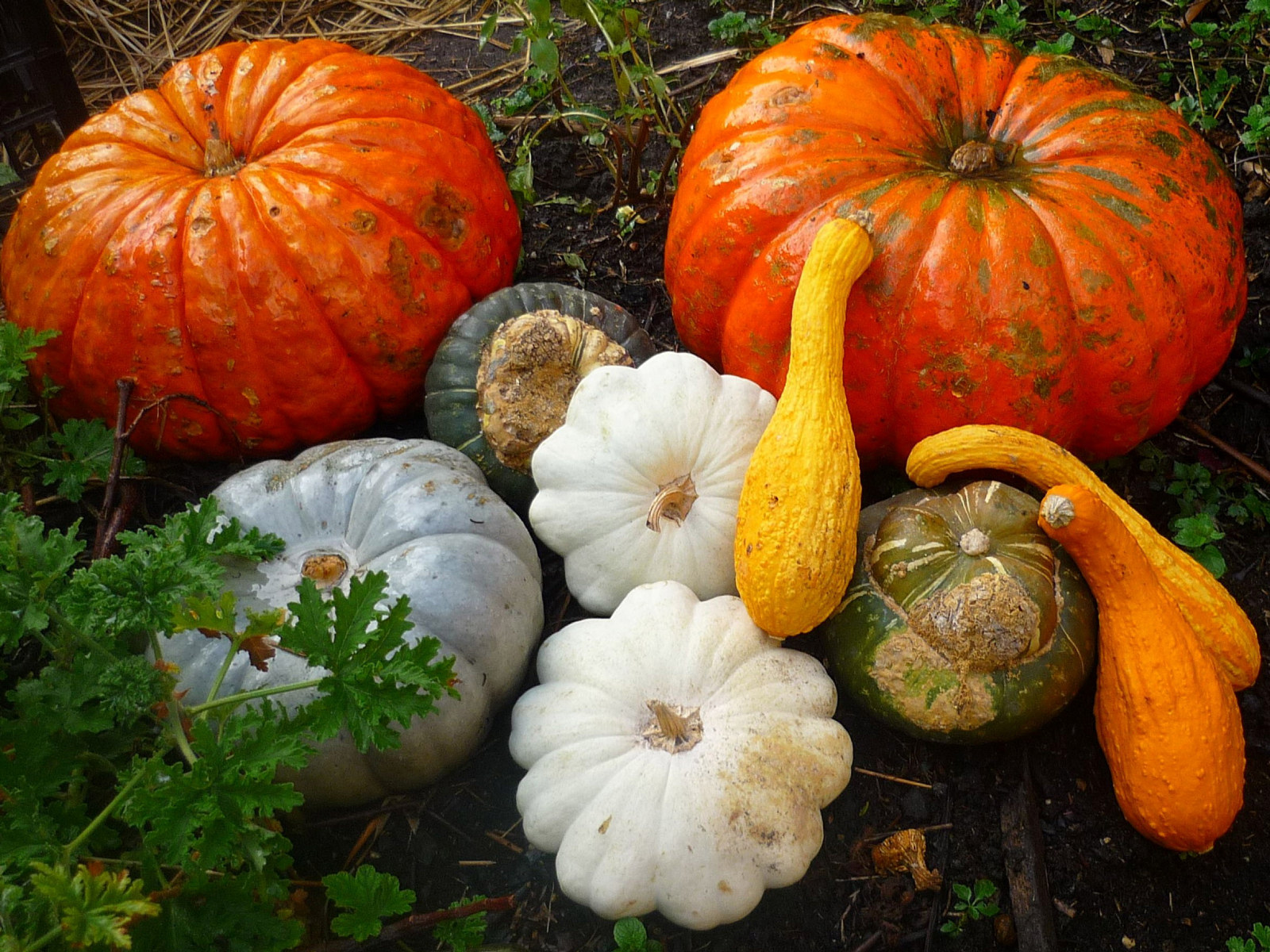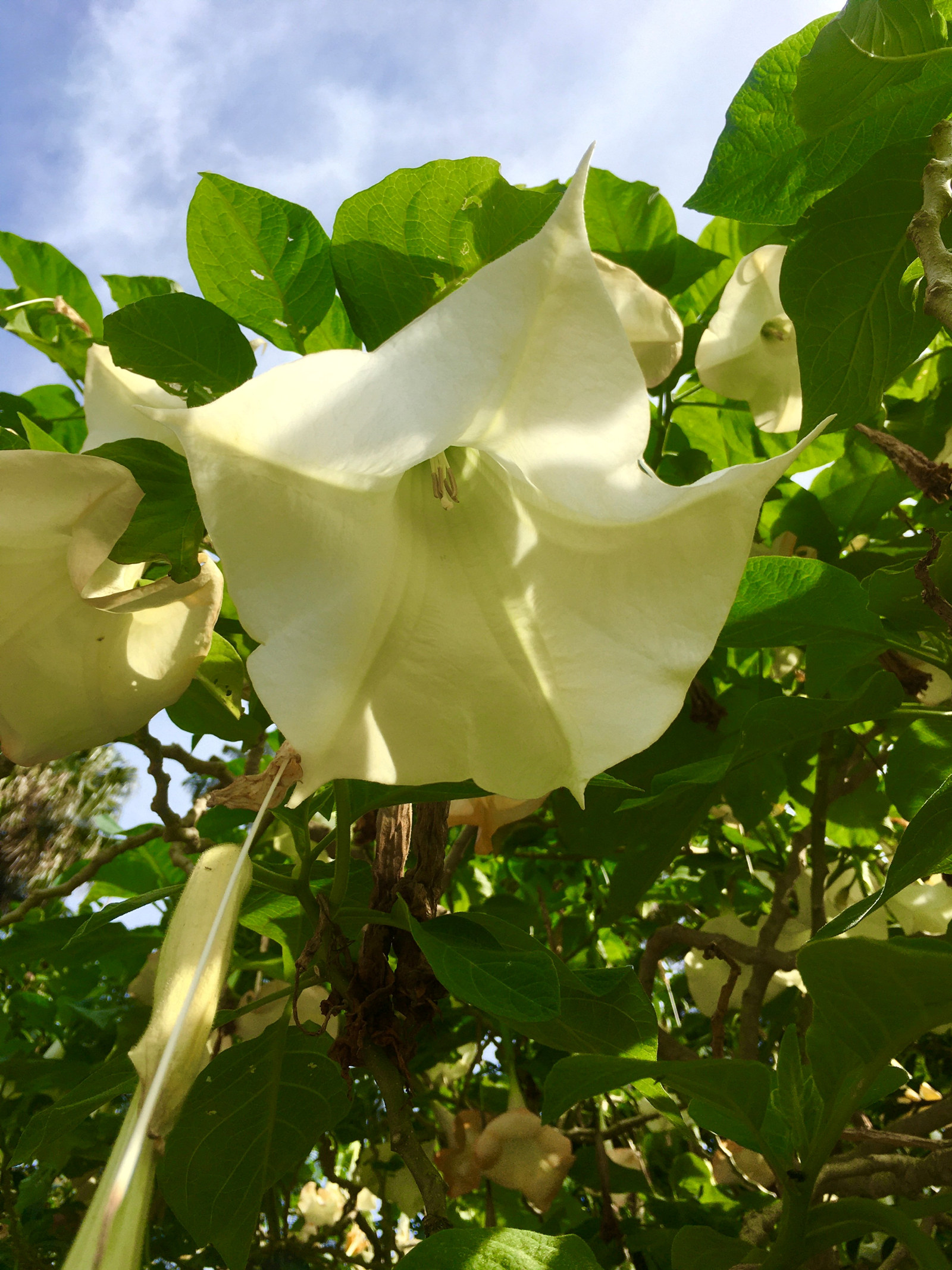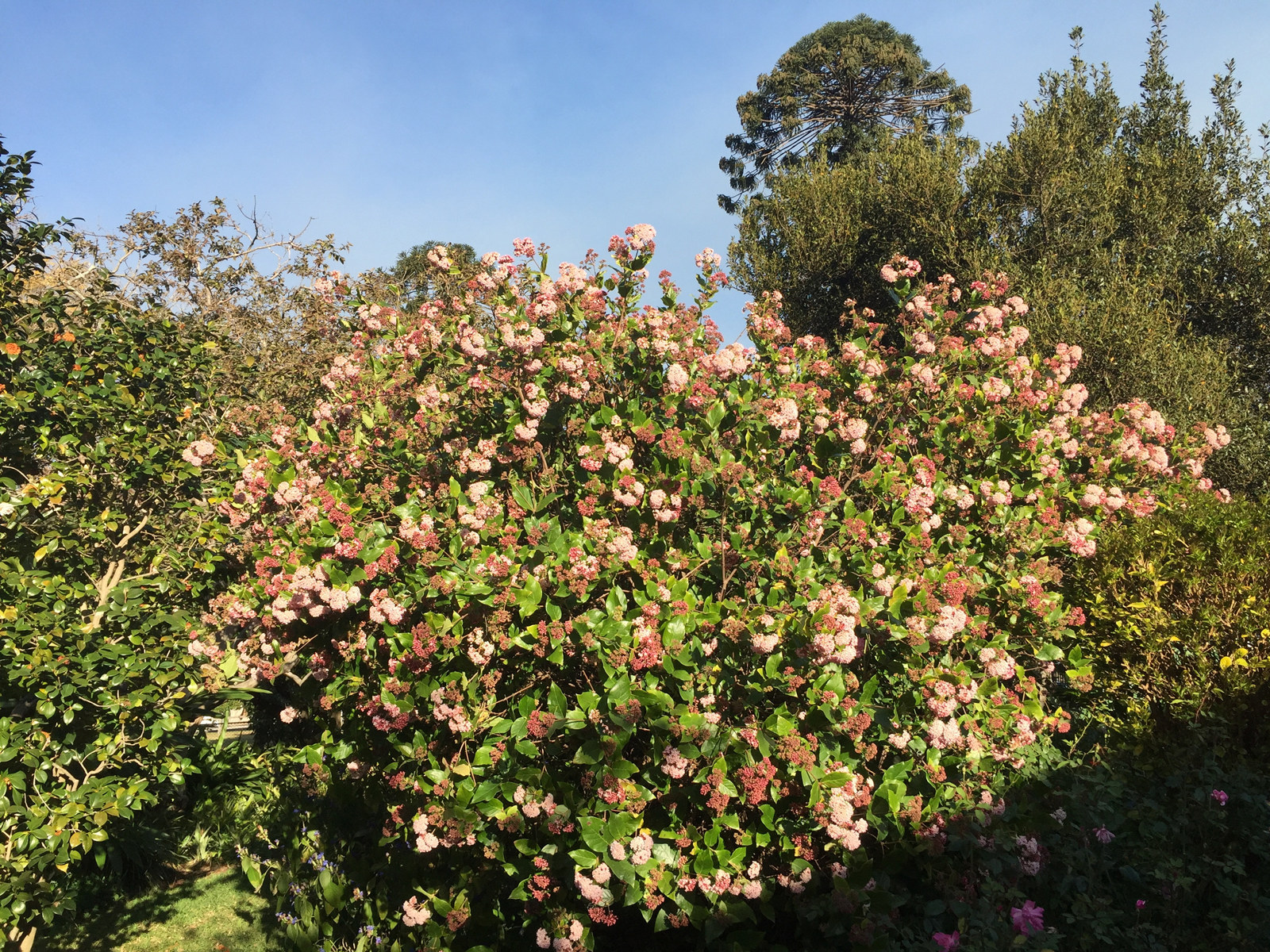Surviving and thriving
The historic gardens at Rouse Hill Estate and Vaucluse House showed remarkable resilience through the heat and bushfires of 2019–20. Tristan Harman, a member of our Horticulture Team, explains his practices and introduces some of the gardens’ star performers.
Australians know long summers, droughts and flooding rains. But as human activity increasingly affects the climate, we’re seeing higher temperatures, longer summers, harsher droughts and longer, more intense bushfire seasons. By November 2019, much of Australia had experienced a hot, dry spring. The summer ahead would be marked by horrendous bushfires, and a prolonged heatwave with level 2 water restrictions in place in Sydney.
At the time of writing, Sydney remains on level 1 water restrictions. Flooding rain broke the drought in February 2020 in parts of NSW, and follow-up rain in August saw Greater Sydney’s dam storage replenished from historically low levels, with the depleted farm dam at Rouse Hill Estate also full.
Our gardens
Like all gardens and landscapes, MHNSW’s gardens have their natural advantages and disadvantages. The soil profiles vary, but the plant collection across the properties is ‘old school’, hardy survivors from a much larger selection of plants trialled by colonial gardeners. Many of these plants were introduced from places such as Cape Town and the Mediterranean, so they’re used to hot dry summers and can go dormant to avoid extreme heat. Imports include the Natal plum, red-hot poker, bushman’s poison, Cape jasmine, crinum lilies and amaryllis bulbs.
None of MHNSW’s gardens has irrigation or rainwater harvesting facilities, and there’s no bore water, so all watering is done by hose and watering can. We employ a range of methods to manage the gardens and lawns through dry times, and to take full advantage of the rain when it does come (see some tips below). However, prolonged water stress can cause damage that might not become evident for a couple of years. Earlier this year we lost several mature trees due to storm damage – and these may have been more vulnerable owing to weakened root systems.
Vaucluse House
The pleasure garden at Vaucluse House in Sydney’s east, established in the 1840s, with later embellishments, is planted in the ‘Gardenesque’ style – an approach to the display of plants and arrangement of garden beds invented in the 1820s by Scottish garden writer John Claudius Loudon. The sandy soil at the estate drains very fast, so it’s hard to keep it moist, and it can become hydrophobic (meaning it actually repels water, which either runs off or forms a slick on the surface) as a result of oils from organic matter. For hydrophobic soils, we apply an organic wetting agent with a seaweed extract.
Plants growing in sand develop vigorous root systems. Particularly drought-resistant species at Vaucluse House have proven to be the camellias, including the rare ‘waratah’ camellia (Camellia japonica ‘Anemoniflora’ ), named for its cluster of petals resembling the NSW floral emblem. This plant received no extra water during the summer, and it didn’t miss a beat. Other striking and resilient species are the candelabra aloe (Aloe arborescens), which has succulent blue-green leaves with a vibrant burnt-orange flower spike in winter; and the flame vine (Pyrostegia venusta), with its bright orange funnel-form flowers in winter.
Rouse Hill Estate
The soil profile at MHNSW’s Western Sydney properties, Rouse Hill Estate and Elizabeth Farm, is loam and clay loam. This type of soil is usually fertile and holds water well, but once dried out it can set like rock, making it difficult to re-wet. At Rouse Hill Estate, an early-19th-century homestead and farm, MHNSW’s Horticulture Team has never added any new plant species or removed existing species. The plants here have survived many droughts, such as the sentinel bunya-bunya (Araucaria bidwillii), the large aromatic deodar (Cedrus deodara) and the magnificent Moreton Bay fig (Ficus macrophylla). Some plants at Rouse Hill Estate are classified as environmental weeds because of their ability to become invasive if not kept in check, such as the African olive hedge, lantana shrubs and the gnarly old pepper trees (Schinus molle). Cape honeysuckle (Tecomaria capensis), another African shrub, is a striking feature plant in the garden.
The main indicators that times are tough at Rouse Hill Estate are the grass paddocks, which transition from hues of verdant green to golden brown, and the dust storms that blanket the area during dry times. Lawns look decimated once they go brown, but below ground the stems go dormant, protected by surface thatch. To maintain drought-resistant lawns, we mow our lawns high, as high as the mower will go sometimes. This develops strong top growth and encourages vigorous root growth. For the past six months we haven’t been able to water our lawns, which have relied on rain only. While most browned off during the hottest months, they bounced back when rain came in February. We also aerate, fertilise and dethatch (raking out accumulated dead grass and organic matter) to help maintain the lawns’ vigour and allow water penetration.
Watering rules of thumb
These principles apply to any garden, but especially those where time and water are at a premium:
- Before watering, check moisture by feeling the soil. You might not need to water at all.
- Only water if you have time to water properly. Irregular deep watering is better than frequent shallow watering, which encourages shallow root systems.
- Water the roots, not the leaves. It’s good to give the leaves a rinse, but the roots are where water is taken up by the plant.
- Check that the water has soaked into the soil, rather than running off (indicating that the soil has become hydrophobic).
- Know your plants: know what they need, water them accordingly, and group similar plants together if possible. At Vaucluse House we have kitchen gardens, a flowerbed and an area of succulents. The succulents never get watered, while the flowerbed and kitchen gardens are watered often. New plants need to be watered regularly because they’re establishing.
- Stick to the times specified in the water restrictions – early mornings and evenings. These are the best times to water.
- Be observant and monitor the garden. We look for general dullness, or leaves starting to curl, pests or diseases, and we monitor soil moisture. Obviously, we want to water the plants before they get stressed and start wilting, dropping leaves – or, worse, get crispy!
- Watch the weather forecast. Know what’s coming and plan accordingly. When temperatures get above 40°C a few plants will be damaged in most Sydney gardens.
Luckily, in Sydney we can usually expect rain in spring and autumn. We take these opportunities to get some fertilising done. No irrigation system compares to a good fall of rain, and plants can’t make use of extra nutrients without water. It’s a case of making hay while the sun doesn’t shine.
Sustainability in the garden
So many other plants in our gardens deserve a nod. Roses at Vaucluse House and Elizabeth Farm, such as Rosa ‘Mutabilis’ and the Cherokee rose (Rosa laevigata), power on through the driest times, and Rondeletia amoena, with its sweetly scented late winter flowers, is tough and unassuming all year round; not to mention the pelargoniums (geraniums) that find a place in every MHNSW garden. Plants that we may think of as delicate can be surprisingly tough, including Chinese plants such as camellias and azaleas that, once established, seem able to withstand very harsh conditions.
You can train plants in your garden to require less water, through conditioning and practices such as mulching, deep watering and soil improvement, but also consider selecting for plants that can be grown without supplementary watering. Many of the plants in MHNSW gardens are no longer fashionable, yet they seem so well suited to the modern landscape and changing climate. Who knows, perhaps for the gardens of the future we might look to gardens of the past for some guidance and inspiration on how to move forward sustainably.
The ‘waratah’ camellia (Camellia japonica ‘Anemoniflora’).
Aloe flowers (Aloe sp.)
Rondeletia amoena
Begonia rex, inner courtyard, Vaucluse House
My favourite plant at our properties is this stunning group of begonias, flourishing in a shady corner of the courtyard at Vaucluse House. The striking contrast between the black and white formality of the tiles and the kaleidoscopic colour of the begonias adds an opulent eccentricity to the cool courtyard. When the sun is at the right height it reflects off the opposite sandstone wall, bathing the madly coloured leaves and stems in a soft pinkish glow.
Prized for their myriad flamboyant leaf-colour combinations, Begonia rex hybrids have long been grown as potted or garden plants in warmer parts of the world, and are easily propagated from stem or leaf cuttings. Originating from equatorial regions, these soft-wooded perennials prefer warm, humid conditions. They do best in a sheltered position out of direct sunlight, in light, rich, free-draining soil; poor drainage will cause the fleshy stems to rot. They benefit from fertilising during the growing season, while flowers and old leaves should be removed to promote stronger leaf growth.
Published on
Related

Plant your history
In good hands
A week with the Gardens team shows historic garden conservation at its most hands-on

Plant your history
A harvest of melons and pumpkins
Learn how to care for your cucurbits with horticulturist Anita Rayner, read about the great watermelon heist of 1811 and discover some forgotten heirloom varieties

Plant your history
Angel’s Trumpet (Brugmansia arborea) at Vaucluse House
Angel’s Trumpet (Brugmansia arborea) is a beautiful perennial shrub native to South America. It was introduced to the colony from Rio de Janeiro for its attractive trumpet flowers

Plant your history
As the seasons turn
As the seasons turn there are those plants we look out for, those changing leaf colours and flowers that punctuate the year and remind us that time is rolling on
